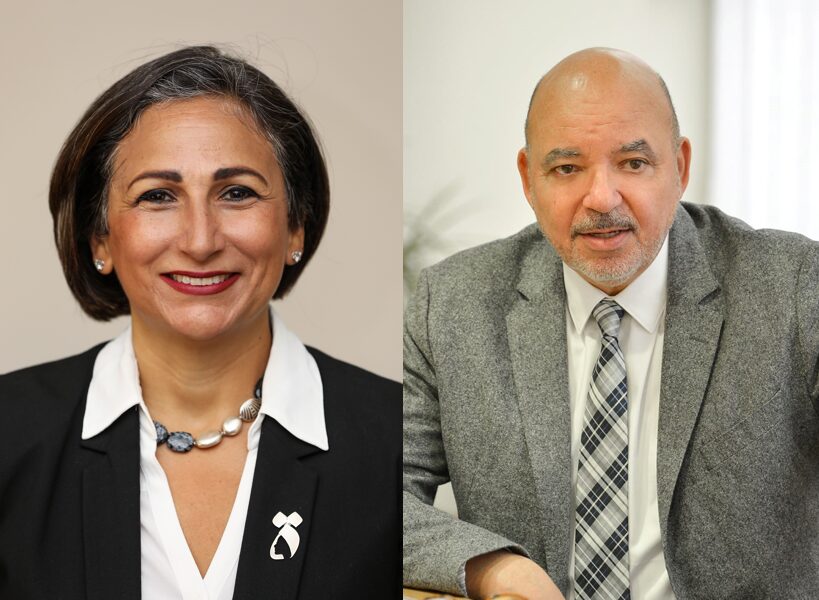Rising debt, conflict, climate change, pandemics…our world is facing its fair share of challenges. But what if we told you that a single game-changing policy initiative, Women’s Financial Inclusion, could bolster nations’ resilience against all of them?

Today in too many places, women still struggle to register businesses, own land or property, or even open bank accounts. Significant barriers on multiple fronts (legal, cultural, societal, regulatory) hinder their access to, and use of, financial services.
The AFI Network, comprising 90 central banks and financial regulators from 83 developing countries, has long known that women’s financial inclusion is key to achieving a healthy, robust and resilient society. It helps overcome poverty, improves children’s health and nutrition, and boosts child education. Women own up to one third of small businesses in developing countries, and can be important drivers of economic growth and job creation.
Indeed, with Diversity, Equality and Inclusivity initiatives currently under attack, it is crucial to highlight the vital role of women’s financial inclusion in driving financial stability and economic resilience.
Gender Inclusive Finance (GIF) has been a significant AFI policy area since members adopted the Denarau Action Plan in 2016, committing to addressing the barriers to womens’ financial inclusion.
To date, AFI menbers have implemented over 60 policy and regulatory changes, which has contributed to reducing the financial inclusion gender gap in developing countries from nine to six percent.
Yet six percent is still too many.
In September 2024, AFI published a ground-breaking Gender Inclusive Finance Policy Model. Drawing on experiences and lessons from around the world, it consolidates global knowledge and details effective approaches to advancing women’s financial inclusion.
For the first time, countries now have a sound, practical framework on which to construct gender inclusive finance policy. Agnostic, and non-prescriptive, the Model invites voluntary adoption. It is made available not just to AFI members, but to all.
Today, to mark International Women’s Day, we are spotlighting the Gender Inclusive Finance Policy Model because we believe that in order to fast track women’s financial inclusion, we need smart and effective policy. The AFI Model brings this within reach of all.
Central banks and financial regulators have already come a long way in promoting women’s financial inclusion, and in leveraging equality in support of their stability mandate. With so many good reasons to embrace women’s financial inclusion, let’s ensure it remains a top policy priority, for 2025 and beyond.

